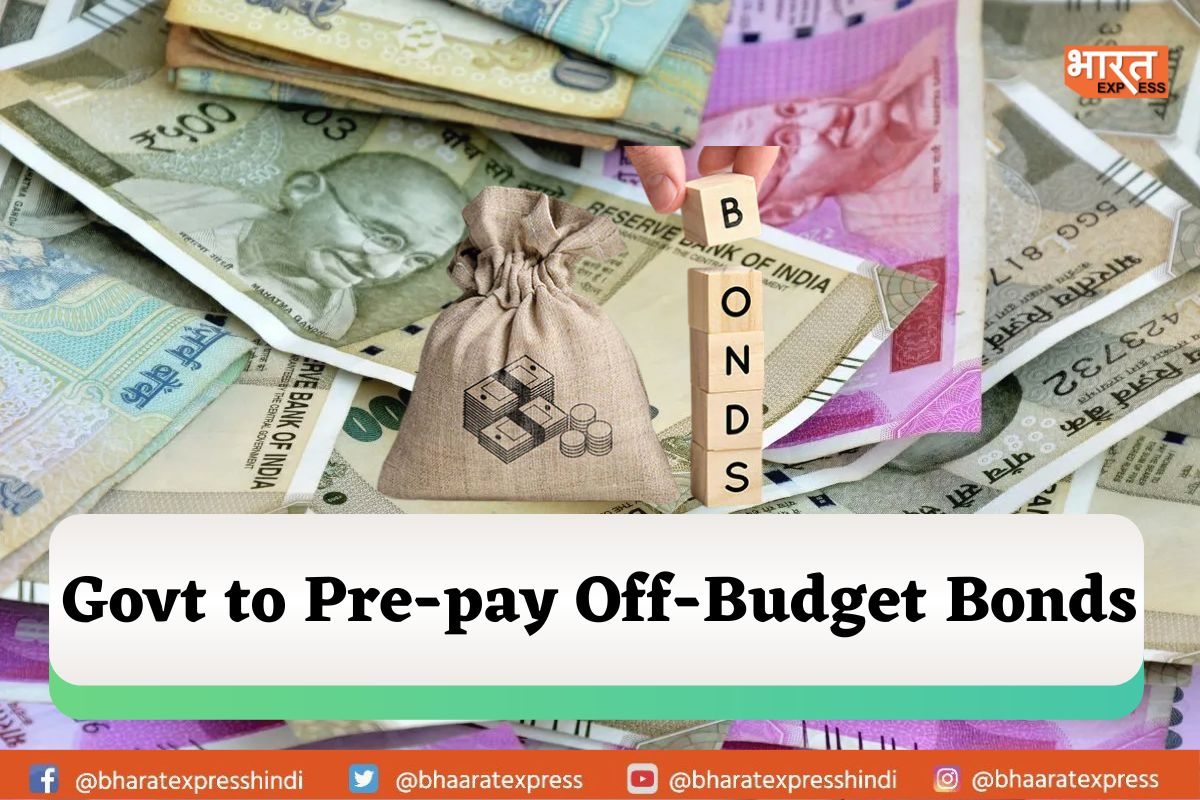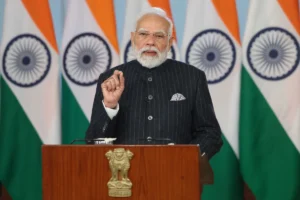
Reference Image
The Indian government aims to pre-pay its remaining outstanding liabilities of Rs 1.7 trillion resulting from off-budget borrowings by state-run agencies over a reasonable period according to a senior finance ministry official. However, investors are reluctant to relinquish these high interest-bearing bonds, which the government cannot immediately pay off. This comes after the Centre ended its practice of off-budget borrowings in the FY22 budget as part of its commitment to fiscal transparency.
As of the end of FY21, the Indian government had off-budget liabilities totaling approximately Rs 6.7 trillion. However, in the FY21-FY22 period, the government was able to bring about 75% of these liabilities, or Rs 5 trillion, onto its balance sheet. This was primarily achieved through the transfer of Rs 4.27 trillion in extra-budgetary resources (EBRs) raised by the Food Corporation of India for food subsidy arrears during FY17-FY21 from the National Small Saving Fund (NSSF) to the government’s balance sheet. Additionally, the government simultaneously cleared Rs 67,000 crore in fertilizer subsidy arrears.
Also Read: India Open to Buying Russian Oil Beyond G-7 Price Cap Due to OPEC+ Cuts
During the government’s attempt to communicate with certain bondholders, they conveyed their concerns that if they were to receive the cash at present, they would not be able to reinvest it in similarly attractive coupon rates offered by secure and highly rated government or similar bonds.
Bondholders typically ask for a higher interest rate than initially agreed upon or cash in their bonds at a premium if an issuer intends to prepay, to make up for the interest income they would lose during the remaining period of the bonds. The official mentioned above stated that they are unwilling to pay a premium for the prepayment of these bonds.
An instance of this is the Housing and Urban Development Corporation’s (HUDCO) bonds, fully serviced by the government of India (GoI), which were issued in November 2018 with a coupon rate of 8.6% and a maturity date of 2028. Another example is the GoI fully serviced 10-year bonds issued by Nabard in February 2018 at a rate of 8.22%. Despite the Reserve Bank of India’s 250 basis point increase in interest rates over the past year to combat inflation, these bonds remain appealing. Currently, the 10-year Government Securities yields are at approximately 7.2%, which is 100 basis points lower than the rate offered by Nabard’s GoI serviced bonds.
From FY17 to FY21, Nabard, Hudco, PFC, and REC raised roughly Rs 1.7 trillion, fully serviced by the government, to finance numerous government initiatives, such as irrigation, housing, sanitation, drinking water, and rural electrification.
Currently, the Centre’s outstanding off-budget obligations consist of approximately Rs 49,000 crore for the Pradhan Mantri Awas Yojana-Rural, Rs 34,600 crore for rural electricity and other power sector initiatives, Rs 33,000 crore for the credit-linked subsidy scheme for affordable housing, Rs 20,164 crore for several irrigation projects, Rs 20,000 crore for the Pradhan Mantri Awas Yojana-Urban, and Rs 12,300 crore for the Swachh Bharat Mission-Rural.
Also Read: India-US Trade Hits Historic High, US Replaces China as India’s Top Partner
The Comptroller and Auditor General (CAG) of India, as well as previous commissions of the 15th Finance Commission, had cautioned against the off-budget financing of social welfare programs through public sector entities and had requested the Centre to disclose such funding.
As a result of the pandemic-induced revenue deceleration and the repayment of a significant portion of off-budget obligations, the Centre’s deficit in FY21 caused its debt-to-GDP ratio to rise to its highest level in 15 years, approximately 61.6%. However, it has since decreased and is predicted to be 57.3% in FY23.
To read more such news, download Bharat Express news apps


















